Sam Kirk, local authority accounts manager, presented the findings of the charity’s research on civic amenity sites or Household Waste Recycling Centres (HWRCs) at the annual LARAC recycling officers conference in Nottingham, last week.
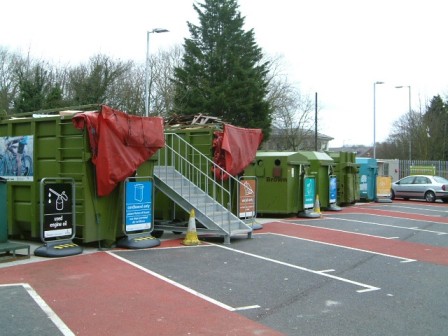
A total of 55 councils responded to the survey and 20 of these charge for services with four seeing an increase in fly tipping “but only in line with national trends”, while 12 authorities had seen no increase or a minimal impact of fly tipping.
But Ms Kirk emphasised “that most of this is only anecdotal with few respondents providing actual tonnage information”.
The survey was carried out with the National Association of Waste Disposal Officers (NAWDO), to gather evidence from local authorities as to what their policies are regarding charging.
It is part of the government’s work on the Litter Strategy for England which includes a review by WRAP of the guidance available to local authorities, in respect to their ability to charge for the acceptance of materials at HWRCs.
Ms Kirk explained that work was ongoing with Defra as to how the guide will be updated and that this was still on track for the end of 2017.
Savings
The survey looked at why local authorities chose to introduce charging, and the results revealed that the most common reason was to deliver savings.
Ms Kirk said: “With many local authorities facing continued budget pressures under austerity, and still having to identify savings even following service changes, authorities have focussed their attention to HWRC services to ensure that continued high quality waste and recycling services are delivered.”
The results of the survey indicated that authorities saw charging as a better alternative than providing no service at all or restricted services.
WRAP also looked at whether satisfaction levels had changed following the introduction of charging. Findings of the survey showed that out of the ten authorities who conducted resident satisfaction surveys, none were negatively impacted.
Materials
The survey also showed that the majority of authorities are charging for soil, stones, bricks, tiles, hardcore and rubble.
And, local authorities are placing minimal charges on rubble sacks or sheets, and some do not charge at all.
WRAP also asked authorities about how and if they define DIY waste.
For those authorities that choose to define DIY, they describe it as items from the repair or improvement of a home and classify them as construction waste. Or some authorities use the interpretation found in the Controlled Waste Regulations 2012, schedule 1.
The charity also found that the majority of authorities limit material volume by restricting vans and trailers of a certain size, or through other restrictions.
Ms Kirk highlighted how local authorities saw a reduction in tonnages of materials as a result of the charges, with some seeing as much as a 70% reduction in rubble, soil and plasterboard.
Commercial waste
The charity also asked respondents about whether they allowed businesses to use their HWRCs.
Fifteen authorities said they allow businesses and this was either because they wanted to generate an income or to prevent unlawful disposal of commercial waste.
Thirty-nine authorities said they do not allow businesses but this wasn’t necessarily because they do not want to provide a service to them, but more to do with practical reasons such as how to take payment, how to measure material, site congestion and sites being too small.
In terms of charging policies, the most common way for businesses to pay for the service was by item or volume and some authorities allow some high value materials in the HWRCs for free.
Ten authorities have restrictions on what materials businesses can bring in “partly for practical reasons to do with site layout and congestion”, said Ms Kirk.





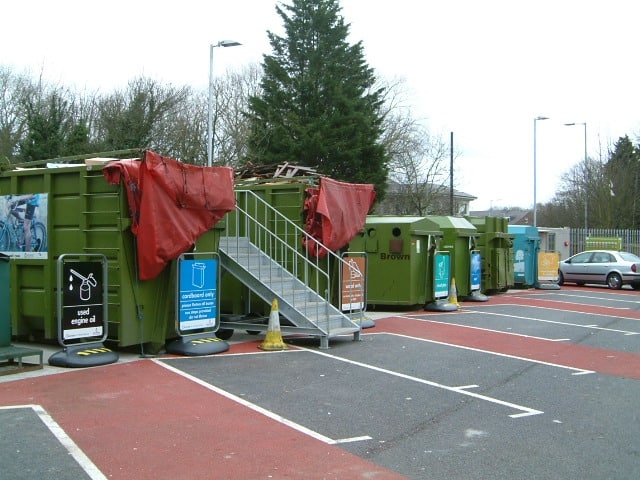

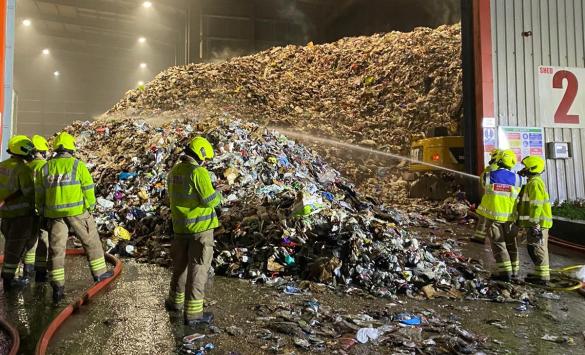
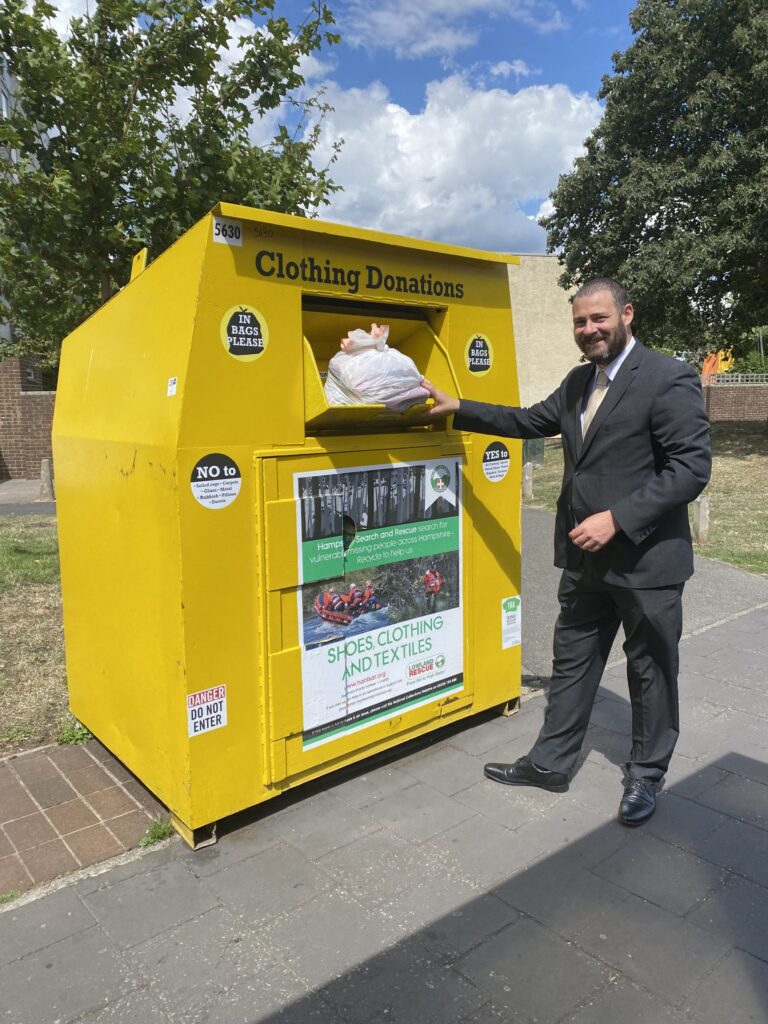
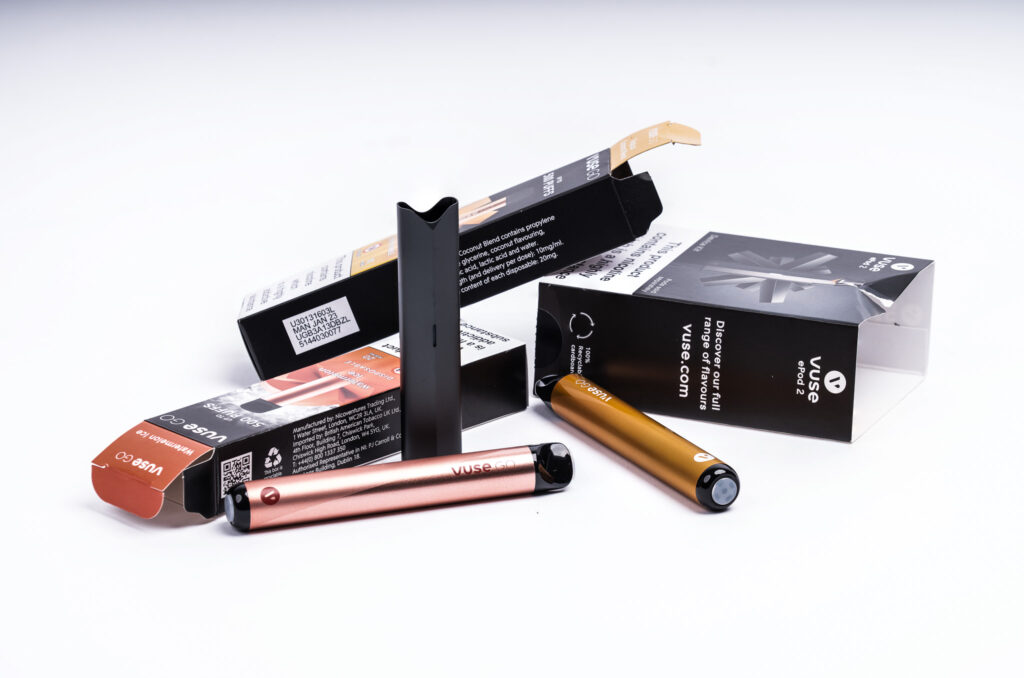


Subscribe for free